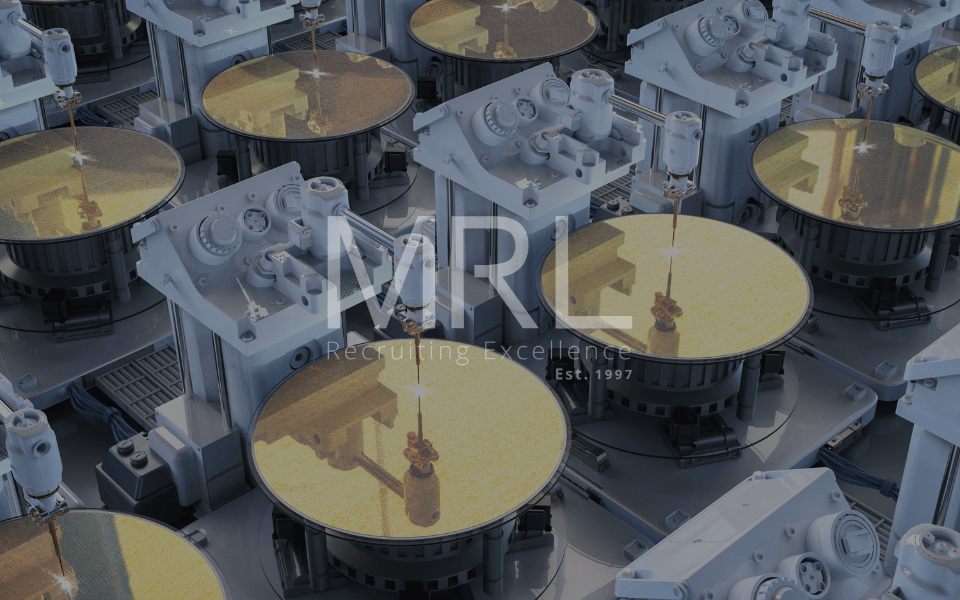Understanding Semiconductor Technology Nodes: From 10nm to 3nm and Beyond
31 Oct, 20245 minsSemiconductor technology is constantly evolving. How it works, what it does, and how it can ...

Semiconductor technology is constantly evolving. How it works, what it does, and how it can be deployed. Much of this is determined by the size of the nodes within the devices. But what does that mean? And how do nodes impact the technology semiconductors are used in?
Understanding Semiconductor Nodes
What is a node?
In semiconductor terminology, the word ‘node’ refers to the size of the smallest feature of a transistor. In other words, the semiconductor devices used within every computer chip. Each transistor comprises of three key components; a source, a gate and a drain, which is used to amplify or switch electrical signals and power. The number of nodes that make up that transistor determines the power and capability of the device it is used in.
How many different semiconductor nodes are there?
The semiconductor industry differentiates between nodes according to their size. The current measurement is nanometre (nm). A variety of node sizes are now in production, including, 16/14nm, 10/7nm, 7/5nm, 65nm, 28nm, 22nm, 40nm, 3nm, 2nm, and 1nm. Although the most commonly used are 28nm, 10nm, and 22nm.
Why do semiconductors need different node sizes?
Semiconductors require different node sizes to meet the needs of different applications. Smaller nodes are more energy efficient and work more quickly. They also enable manufacturers to cut costs by fitting more information into a single chip – this also enables smaller-sized products to be made. But to keep some older tech functional, larger nodes – and chips – still need to be manufactured. This is particularly pertinent in the automotive and defence industries.
How have semiconductor nodes changed?
The first semiconductors, or early integrated circuits (ICs) were about 3 milimeters square in size and contained around 10 components. Now, there are chips in production that are just 1 nanometer, a 3,000,000th of the size, and contain billions of components.
What’s next for nodes?
Node size in semiconductors is expected to continue to reduce in the coming years. It is currently predicted that by 2037 smallest node side in the semiconductor industry is expected to be around 0.5nm.
Node development is integral to the semiconductor industry. As node technology evolves, it is making the devices we use faster, smaller, and more energy efficient. All features that are becoming increasingly valuable in contemporary life.
Are you interested in working in the semiconductor industry? Head to MRL to view our client’s latest vacancies.




